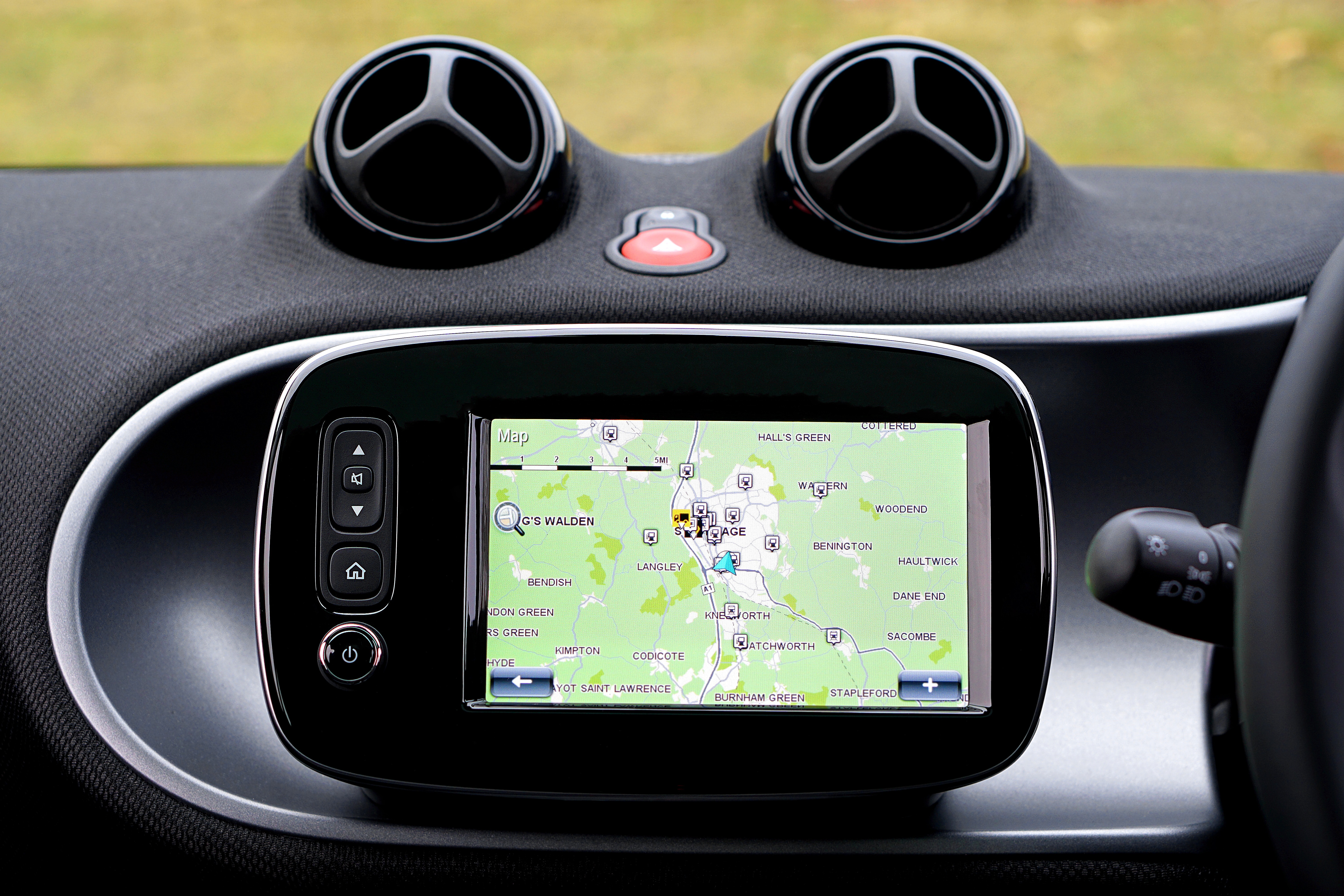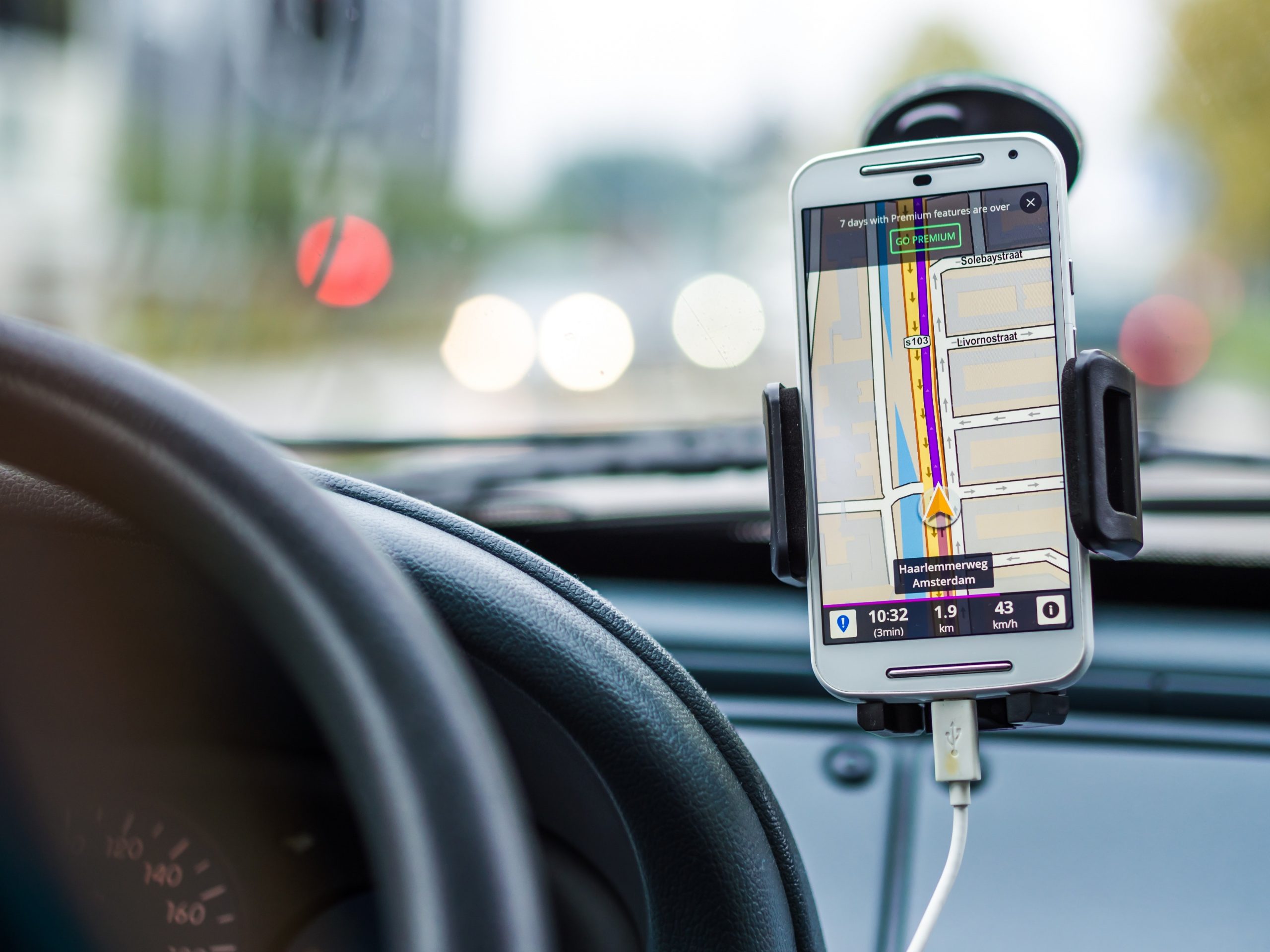Have you ever entered a festival only to have a push notification prompt you to download the festival app? Have you ever checked your phone in a mall only to receive a Facebook ad coupon for the store you just entered? If you answered yes, you have already experienced geofencing.
Geofencing is still a virtual new kid on the block in digital marketing, and there are many questions and misconceptions surrounding the tool. When used correctly, geofencing opens a world of possibilities for businesses, so we wanted to give you the information you need to determine if geofencing can benefit your business.
What is Geofencing?
A geofence is a boundary or a “virtual fence” around a specific geological location such as a stadium, event space, grocery store, or mall. Geofencing is the practice of using Global Positioning (GPS) or Radio Frequency Identification (RFID) to trigger a mobile device action when a person enters a specific geofenced location. It is commonly used to help marketers and advertisers bring location-specific information to consumers, but it is not limited to advertising and can be used for a variety of other purposes.
How Does Geofencing Work?

Phone apps and other software interact with geofences when they’re connected to GPS, Wi-Fi, or cellular data. When a person enters a geofenced boundary using a phone with these capabilities, a trigger is set off, and a pre-programmed action is put into motion.
Geofencing and Digital Marketing
Geofencing has a number of uses, and can present itself as a push notification on your phone, a text message, an alert, or a targeted advertisement on social media. Geofencing is also used for more analytical purposes such as location tracking and detailed customer behavior analysis. Using this information, digital marketers have far more targeting capabilities, especially when geofencing is used in correlation with Demand Side Platforms (DSPs)
DSPs And Geofencing
For digital advertisers, geofencing is a great way to enhance the impact of mobile advertising campaigns. For mobile advertising campaigns, advertisers typically use a Demand Side Platform (DSP) to streamline the bidding and buying process of mobile ad space. Many DSPs offer geofencing to help advertisers target their audience via mobile ads.
DSPs are the middleman between advertisers and ad space. They automate the ad space bidding and buying process for advertisers, making it easy for advertisers to get their ads in front of the right audience for the best price. DSPs are the easiest way for advertisers to bid for ad space and target ads.
Learn more about Demand Side Platforms by reading our previous blog, A Beginners Guide to Programmatic Advertising.
In mobile advertising, DSPs poll information to research an advertiser’s target audience, measuring demographics information, online behaviour, and other factors that may affect their response to an ad. Then, DSPs use this information to decide what ad to show, and in what ad space they should show it. Using geofencing, DSPs can go one step further by placing ads based on the physical behaviours of their target audience.
Here is a list of some of the common ways geofencing is being used in digital marketing today.
Marketing and Advertising

One of the most common uses of geofencing is to promote business goals by advertising to in-store customers. If an advertiser uses a DSP to target mobile customers, they can automate this process by drawing a geofence around their store or specific areas in the store to serve ads to customers in real-time as they enter and exit the geofenced areas.
Using geofencing, businesses can send customers coupons, alerts, and in-store promotions. They can also target their customers by sending them promotions after they leave the store. Geofencing can also provide businesses with in-depth analytics data about customer behaviour based on how a customer navigates their store, and how much time they spend in the store after entering.
Some marketers even use geofencing in a competitive way as a tool for customer acquisition. Marketers can set up a geofence around a competitor’s location with the goal of targeting those customers to win business. Marketers can draw from a competitor’s customer pool by sending coupons or promotions to people that have visited or are about to visit a competitor’s location.
A customer has just made a purchase at Macy’s and is walking out of the store. As they pass through the exit doors, they check their Facebook and see an ad for Macy’s upcoming Memorial Day Sale.
Crowd Engagement

For concert or festival attendees, geofencing can promote in-depth audience engagement by sending notifications, coupons, and prompts when attendees are within the geofenced boundaries. Notifications might include the prompt to download an app, visit a booth, post about the event on social media, rate the event, or participate in a poll.
A group of friends attend a music festival together. As they enter the festival, they receive a push notification asking them to download the festival app from the app store. They download the app and begin walking through the festival. As they pass the main stage, they receive a push notification that tells them the name of the band that’s about to play. They continue to receive notifications about upcoming bands and featured acts as they walk through the festival grounds. When they leave the festival, they receive a push notification asking them how likely they would be to refer the festival to a friend.
Social Networking

Snapchat uses geofencing to promote its use at concerts and other events by providing location-specific filters. Users can also take advantage of Snapchat’s geofencing capabilities by paying to upload their own custom-made filter. The custom filter appears as an option for anyone who is using the app inside the designated geofenced area. Users often upload custom filters to correspond with an event like a wedding or political rally.
Other social networking capabilities for geofencing include data reporting to gain insight on what topics are trending on social media within a specific location and what individuals are prominent facilitators in those conversations.
An engineering student attends a conference about “The Impact of Robotics”. During an exciting robotics presentation, the student opens Snapchat and takes a snap. Before the student posts the video, they add the robot filter with the conference logo in the corner, specifically designed for that event and available to anyone within the conference space.
Benefits Of Geofencing
Although issues of privacy have through location targeting have sparked controversy, there is no question that geofencing has the power to change a business. For digital marketers, geofencing provides a whole world of in-depth audience behaviour information that would otherwise be virtually impossible to access. Using DSPs, marketers can use audience online behaviour, demographic information, and physical behaviour to reach target customers with relevant, targeted, and timely ads. As a result, geofencing can result in immediate sales and target demographic behaviour insights that can inform future company strategies and development.
If you are interested in exploring geofencing for your business, we urge you to contact us at Fujisan Marketing to discuss how we can help.




